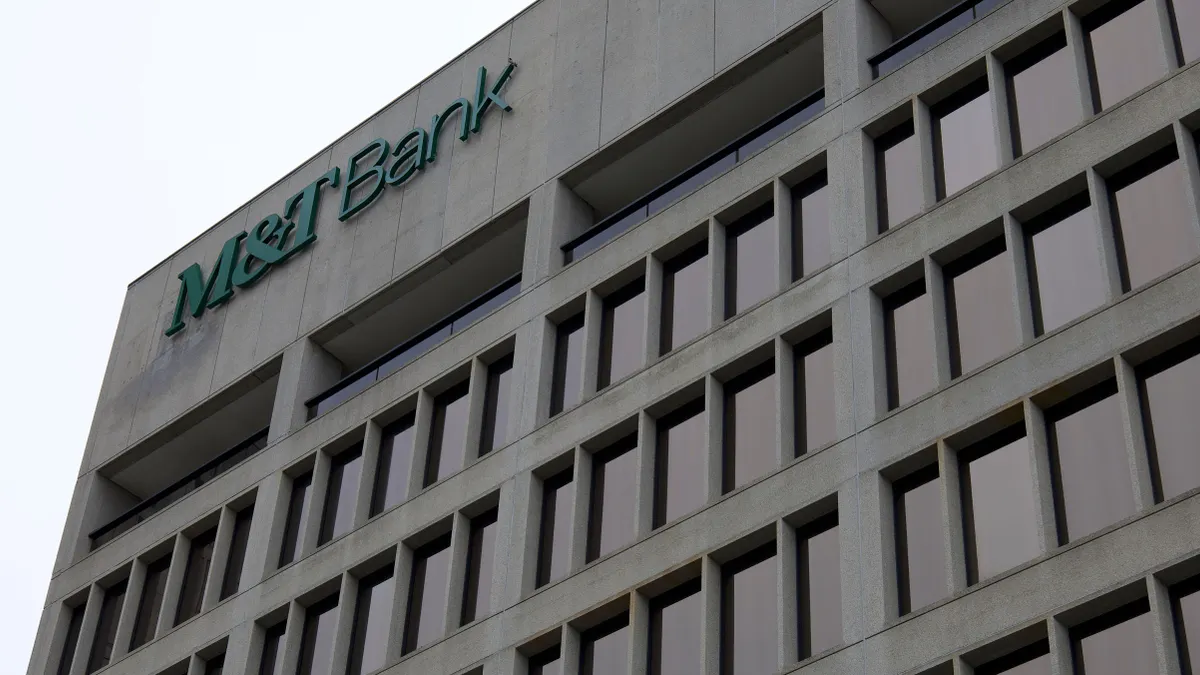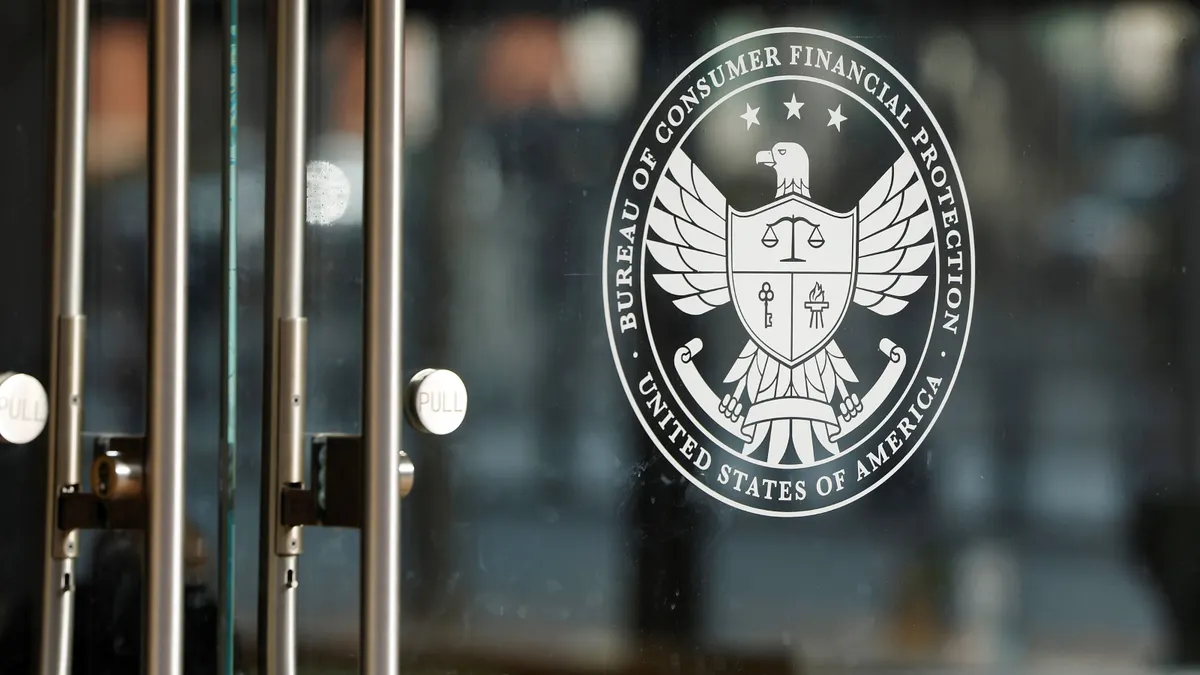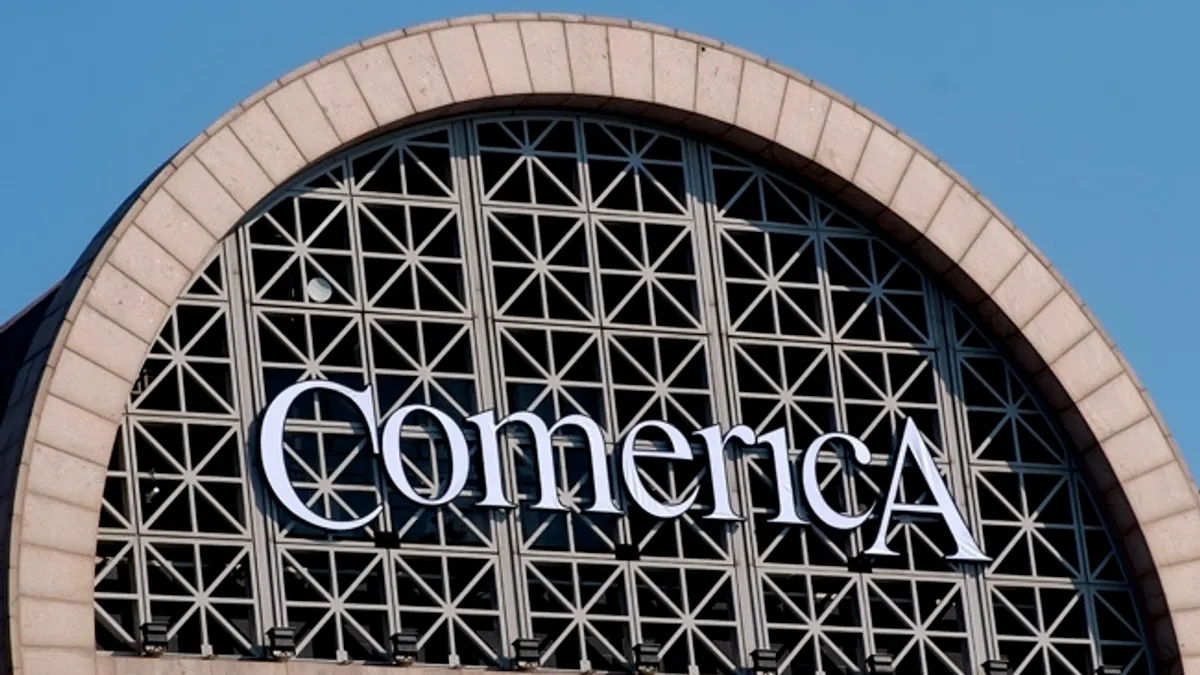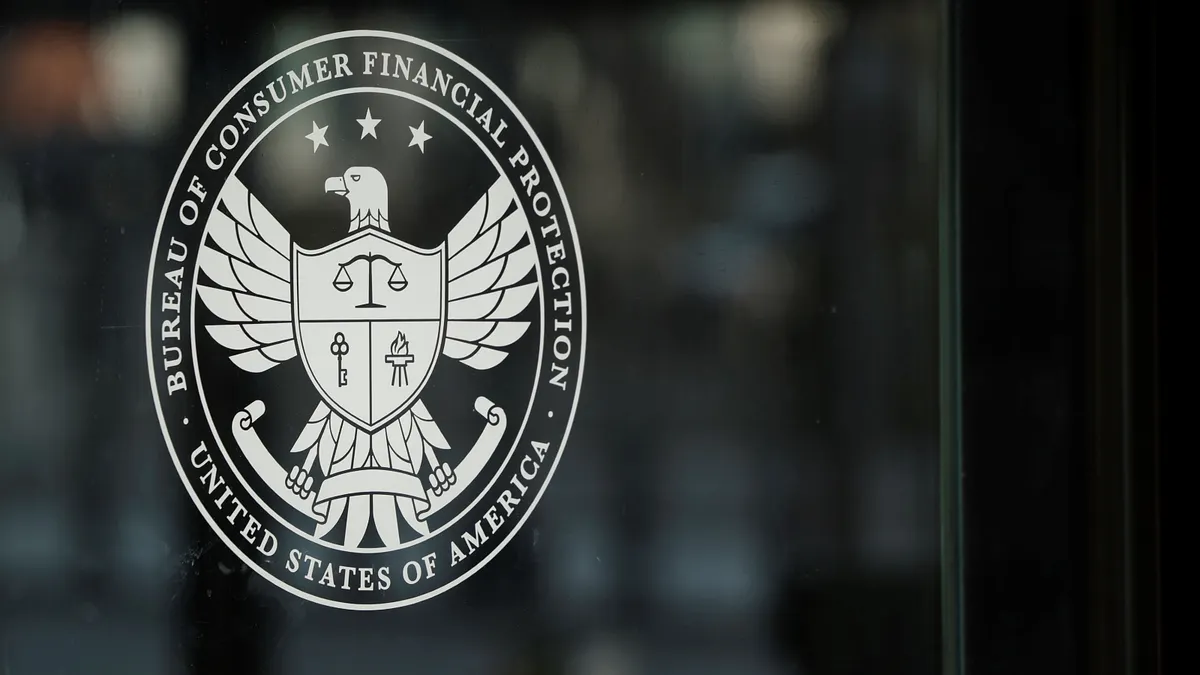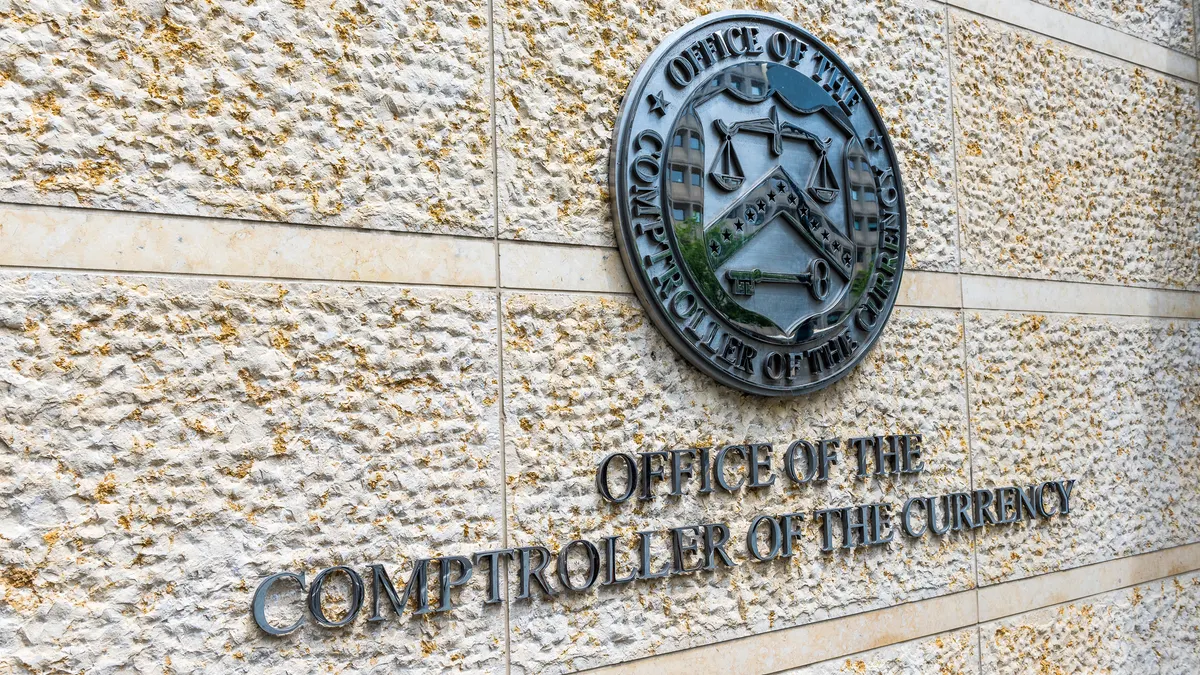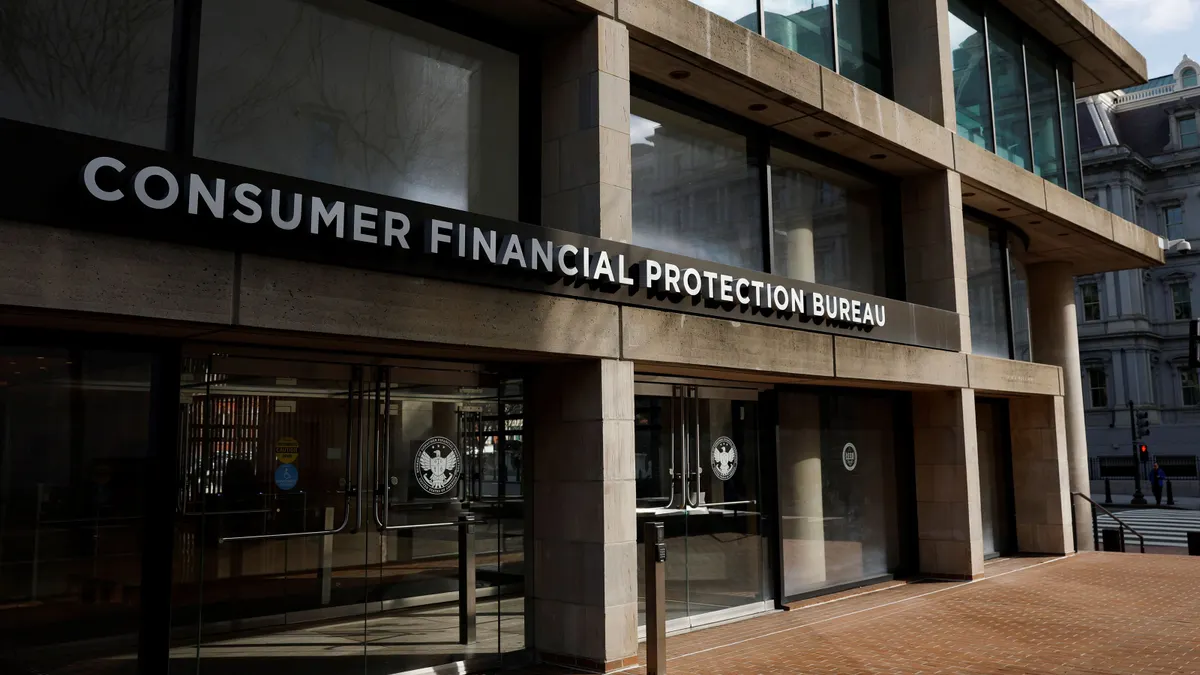Ask the question on Aug. 8: How did the first wave of the Trumpian regulation reform end?
The day seems like a natural bookend in both the policy and personnel spheres of regulation. The president, a day earlier, issued an executive order demanding that federal regulators remove guidance that enables “politicized or unlawful” debanking.
That, in essence, closed the loop on an issue President Donald Trump raised in the first week of his second term – namely, calling out Bank of America and JPMorgan Chase, alleging the lenders denied conservative customers, broadly, a place to bank, or closed their accounts without explanation. Both banks have rebuffed the allegations.
From a people standpoint, Aug. 8 was Federal Reserve Gov. Adriana Kugler’s last day at the central bank, and Trump, a day earlier, said he would nominate Stephen Miran, chair of the White House Council of Economic Advisers, to fill the seat – but only through January, the end of Kugler’s term.
Speculation earlier in the week had centered on whether Trump would name one of the front-runners to succeed Fed Chair Jerome Powell to Kugler’s seat. The Miran pick may have felt like a placeholder in a way that choosing former Fed Gov. Kevin Warsh or National Economic Council Director Kevin Hassett would not have.
Trump, for once, didn’t make the bold choice.
Then again, the Fed, before now, was never the regulator to test the bold choice. If the Trump administration wanted radical reform, it should try the Consumer Financial Protection Bureau or the National Credit Union Administration, early-2025 wisdom would indicate.
The CFPB’s acting director tried at least twice to decimate the bureau’s workforce. At the NCUA, meanwhile, Trump fired both Democratic board members. Each of these actions is now enmired in the court system.
Before August, Trump had always hesitated with the Fed. Sure, he’d publicly muse about firing Powell, but he’d always walk it back.
The Fed, likewise, was relatively cautious with Trump. Where the Office of the Comptroller of the Currency and the Federal Deposit Insurance Corp. were reliable early adopters of Trumpian decrees, the Fed would get to it in time. For example, the OCC and FDIC detailed their plans to “eradicate” reputational risk as a bank exam component in March. The Fed followed in June.
In a sense, the Federal Open Market Committee’s reluctance to lower interest rates – the crux of Trump’s beef with Powell – shouldn’t bother the president if he were to consider that the Fed simply has a slower pace of change.
The Supreme Court in May indicated that it understood the Fed is different by design, when justices exempted the central bank from an order upholding Trump’s firing of National Labor Relations Board and the Merit Systems Protection Board officials.
Twelve votes make up the FOMC: seven Fed governors, the New York Fed president and four rotating regional Fed chiefs. That’s a lot of minds to change – all unique – and interest-rate policy doesn’t shift with the flip of a switch.
But if it feels like the Trump administration flipped a switch this week in its aggression toward the Fed, that may be valid, too.
Welcome to the second wave of regulatory change, where the Fed is no longer exempt from bold choices usually reserved for the CFPB or NCUA.
Firing fallout
Trump’s attempt to fire Lisa Cook on Monday marked the first time a president exercised the “for-cause” clause against a sitting Fed governor since the central bank took independence from the Treasury Department in 1951.
The Fed – remember its pace of change – took a day to acknowledge the move, and when it did, it cited its governors’ “long, fixed terms.”
“Long tenures and removal protections for governors serve as a vital safeguard, ensuring that monetary policy decisions are based on data, economic analysis, and the long-term interests of the American people,” a spokesperson for the central bank said in a statement Tuesday seen by Banking Dive. “The Federal Reserve will continue to carry out its duties as established by law.”
The spokesperson added that the Fed would “abide by any court decision” – another signal that Cook isn’t likely to be removed with the flip of a switch.
Trump, in a Cabinet meeting Tuesday, doubled down on the reasoning behind Cook’s dismissal – allegations of mortgage fraud, raised by Federal Housing Finance Agency Director Bill Pulte that have not yet generated any charges from the Justice Department.
“We need people that are 100 percent above board, and it doesn’t seem like she was,” Trump said, according to The New York Times and Bloomberg. “She seems to have had an infraction, and she can’t have an infraction — especially that infraction, because she’s in charge of, if you think about it, mortgages.”
Trump is keenly aware of the score in the seven-member Fed board of governors. He nominated now-Vice Chair for Supervision Michelle Bowman during his first term. Gov. Christopher Waller, too. And with Kugler out, Trump sees it as a matter of time before he can get a third. A Trump nominee in a fourth seat – Cook’s – would give the president a “majority very shortly,” he noted Tuesday.
A Miran hearing?
The Senate Banking Committee is expected to hold a nomination hearing for Miran next week, two people with knowledge of the matter told Politico on Tuesday.
The vote, though, risks becoming a referendum on Trump’s intentions with the Fed. Republican Sens. Thom Tillis of North Carolina and John Kennedy of Louisiana, who both sit on the banking panel, have defended the Fed’s independence when Trump has considered firing Powell.
But Republicans on the panel will need uniformity for the Miran nomination to make it out of committee. If it makes it to the full Senate, “four Senate Republicans could preserve Fed independence if they refuse to move any Trump Fed nominee until he stops trying to illegally fire Cook,” Aaron Klein, a senior fellow at the Brookings Institution, told Politico.
The administration likely hopes the nomination is rapidly shuttled through, so Miran can be installed in time for the FOMC’s next interest-rate vote Sept. 16 and 17.
Trump, meanwhile, floated Miran on Tuesday as a possible nominee for Cook’s seat.
“We might switch him to the other — it’s a longer term,” Trump said, according to The Wall Street Journal. (Cook’s term at the Fed runs through 2038.)
With that, a nomination that may have felt like a temporary seat-warmer three weeks ago could see a 13-year upgrade.
Then again, maybe second-wave Trump isn’t about installing his nominees, as much as eliminating opposition. Kugler’s absence (and an assumption that Miran isn’t in place by the September interest rate-setting meeting) leaves the FOMC at 11 votes.
But a suggestion from Hassett on Wednesday would make it 10.
“If I were [Cook], in her circumstance, I would take leave right now,” he told reporters, according to Bloomberg, calling it the “honorable thing to do.”




